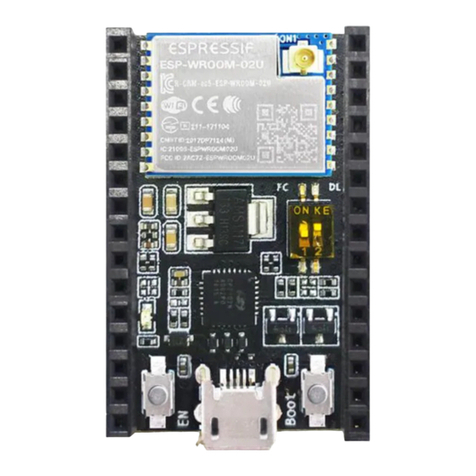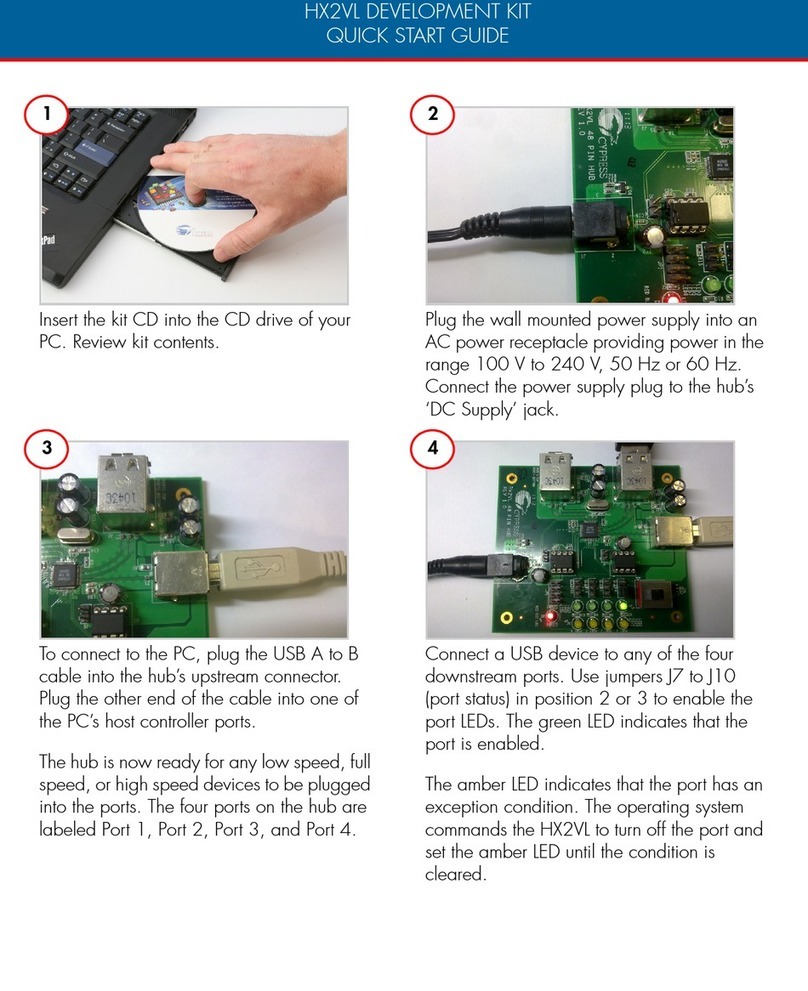
4DWAVE-DX
TECHNICAL REFERENCE MANUAL Document
Rev 1.1
ii Trident Microsystems, Inc.
NOTICE
The information in this document is subject to change, as the Company may make changes to product in order to improve
reliability, design, or function, without prior written notice. No part of this manual may be reproduced or transmitted in any form or
by any means without the written permission of the company.
IN NO EVENT WILL THE COMPANY BE LIABLE FOR SPECIAL INCIDENTAL OR CONSEQUENTIAL DAMAGES,
WHETHER ARISING DIRECTLY OR INDIRECTLY, SUCH AS LOSS OF PROFIT OR GOOD WILL, THAT MAY BE
SUFFERED IN CONNECTION WITH THE PURCHASE OF THIS PRODUCT OR FROM THE BREACH OF ANY
REPRESENTATION OR WARRANTY.
November 1997, Rev 0.2
LIMITED WARRANTY
This product is warranted against defects in materials and workmanship for a period of one year from the date of purchase.
During the warranty period, product which the Company determines fails to meet warrant will be repaired or, at the Company’s
option, replaced at no charge. To be eligible for warranty service, product must be returned to the Company or to a Company
authorized service center, costs of shipping prepaid. This warranty does not cover results of accident, abuse, neglect, use
contrary to specifications or instructions, or repair or modification by anyone other than the Company.
THE COMPANY SPECIFICALLY DISCLAIMS ALL OTHER EXPRESS, IMPLIED OR STATUTORY WARRANTIES,
INCLUDING THE IMPLIED WARRANTIES OF FITNESS FOR A PARTICULAR PURPOSE AND MERCHANTABILITY.
IF SUCH DISCLAIMER OF ANY IMPLIED WARRANTY IS NOT PERMITTED BY LAW, THE DURATION OF ANY SUCH
IMPLIED WARRANTIES IS LIMITED TO 90 DAYS FROM THE DATE OF DELIVERY. SOME JURISDICTIONS DO NOT
ALLOW THE EXCLUSION OF IMPLIED WARRANTIES OR LIMITATIONS ON HOW LONG AN IMPLIED WARRANTY MAY
LAST, OR THE EXCLUSION OR LIMITATION OF INCIDENTAL OR CONSEQUENTIAL DAMAGES, SO SUCH LIMITATIONS
OR EXCLUSIONS MAY NOT APPLY TO YOU. THIS WARRANTY GIVES YOU SPECIFIC LEGAL RIGHTS AND YOU MAY
ALSO HAVE OTHER RIGHTS WHICH VARY FROM JURISDICTION TO JURISDICTION.
Trident Microsystems, Inc. assumes no responsibility for the use of any circuit other than circuits embodied in a Trident
Microsystems, Inc. product.
LICENSE
The Company grants the customer a non-exclusive, non-transferable license to use the software, if any, accompanying this
product for internal use on a single computer system. The end user may make a single copy of the software solely for backup
purposes; otherwise, no copies may be made of the software or any part thereof. No other license of any kind is granted to any
part of the product or any of the intellectual property therein.
TRADEMARK ACKNOWLEDGMENTS
4DWAVE-DX Technical Reference Manual, Trident™Microsystems, Inc. 1997. All rights reserved.
Trident Microsystems, Inc. is a registered trademark of Trident Microsystems, Inc.
VirtualFM, VirtualGM, and VirtualGS are Trident trademark registrations in progress.
Direct3D, DirectX, DirectSound, DirectSound3D, DirectMusic, and DirectInput are trademarks of Microsoft Corporation;
Windows, Windows 3.1, Windows 95, Windows 98, and Windows NT are registered trademarks of Microsoft Corporation.
OPL3 is a registered trademark of Yahama Corporation.
SoundBlaster and SoundBlaster Pro are trademarks of Creative Labs, Inc.
All other product names or trademarks are the property of their respective owners.
Copyright protection claimed includes all forms and matters of copyright table material and information now allowed by statutory
or judicial law or hereinafter granted, including without limitation, material generated from the software programs which are
displayed on the screen such as icons, screen display looks, etc. Reproduction or disassembly of embedded computer programs
or algorithms is prohibited.


























